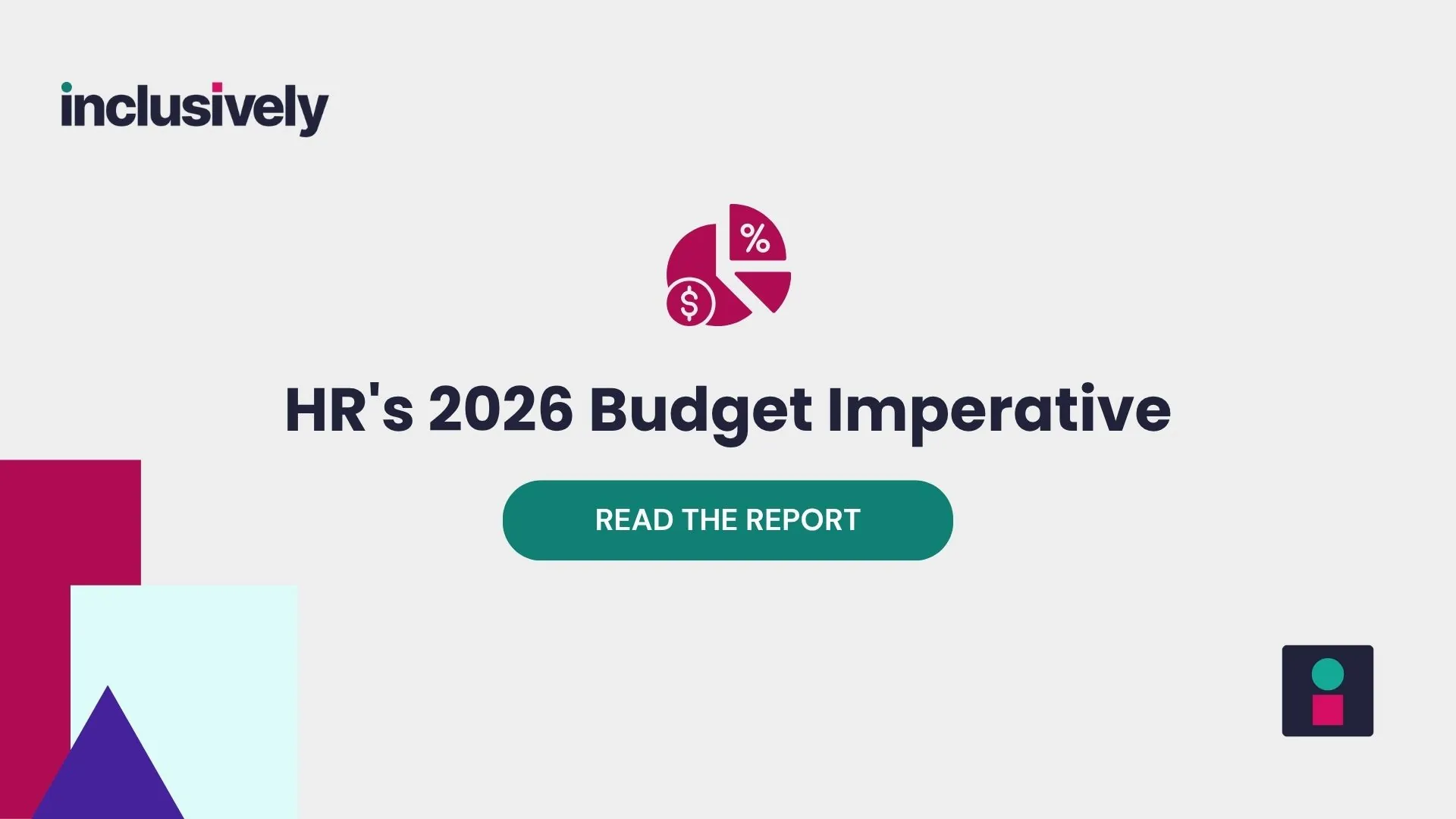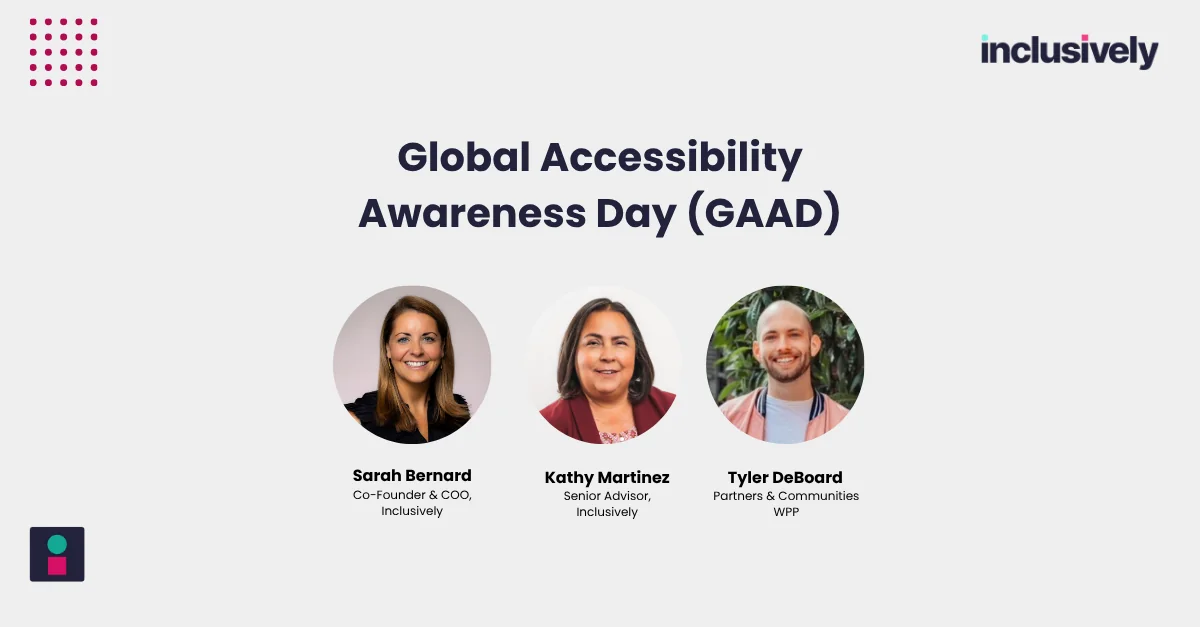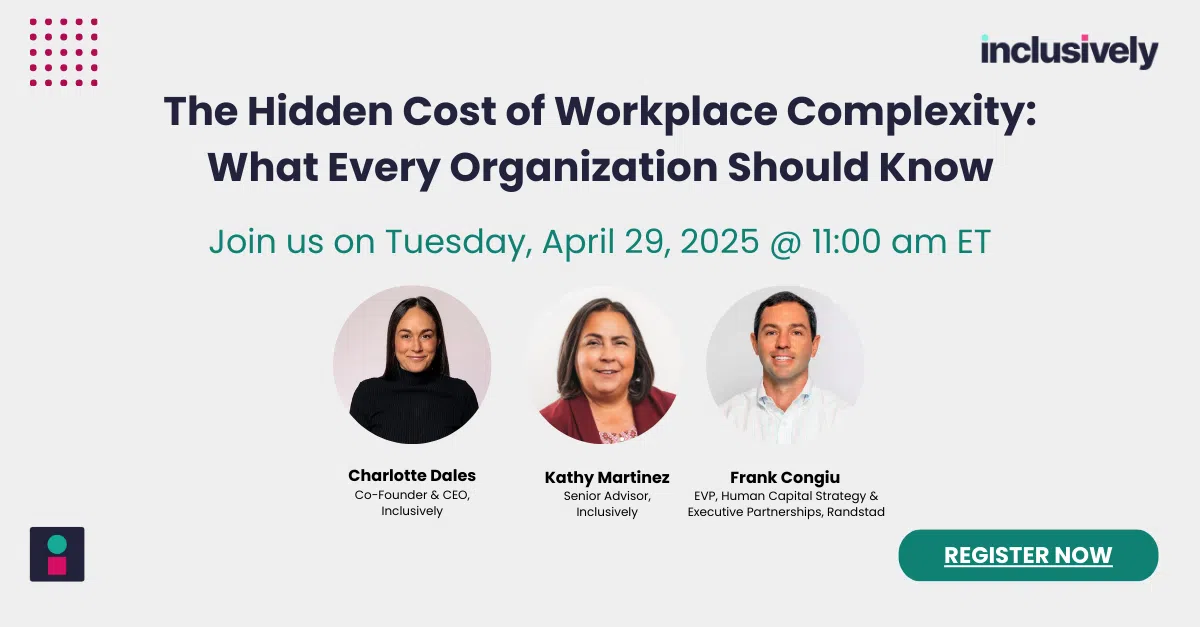In many companies, hiring talent is seen as a function that can be “turned on” as needed.
When there’s a need, the “on” switch is flipped and the process begins. Candidates are pushed through the funnel, interviews are lined up, and the role is eventually filled.
Processes like these are seen as rinse and repeat motions and only used when necessary. They’re often overlooked (unfairly, in my opinion).
But things are changing fast. Out of necessity, forward-thinking companies are realizing that human capital is their greatest asset. They see the massive shifts in the way people work, and that prospective employees demand more flexibility. Some are even hiring “employee experience managers” to improve productivity and retention.
These processes are no longer being “turned on” as needed — they’re now being embedded in companies’ overall strategy, and the data they produce is being used to make big decisions. And as HR leaders continue to arm themselves with new tools, they have an opportunity to further influence organizational strategy — and get the type of input they’ve long deserved.
Here’s how that will happen.
From process-driven to people-driven.
More strategic input starts with shifting hiring practices — from “process-driven” to “people-driven.”
A process-driven approach looks like this: HR or talent acquisition gets a job description from a hiring manager, puts it into various marketplaces, and tries to collect as many resumes as possible. Most likely, an applicant tracking system will be used, which filters resumes based on exclusionary algorithms. These algorithms can overlook untapped talent and make your prospective workforce less diverse (and less effective). Success is often measured by how fast candidates move through the funnel and how fast a position is filled. The KPIs are mechanical, and things like retention, employee success, and diversity are rarely incentivized.
Overall, the approach is uniform and rigid. In a paper on the future of work, Harvard Business School states, “employers have created talent management processes that have distanced them from talent, increased the hidden costs of hiring, and impeded them from building a diverse workforce.”
But a people-based approach empowers HR to truly understand the people they’re interviewing and what would make them motivated and productive. It moves the focus away from mechanical KPIs, and towards how prospective employees can best be set up for success. Setting them up for success sets up the company for success — and helps the bottom line.
A people-based approach doesn’t ignore non-negotiable skill sets. If someone needs to be qualitatively-focused to perform a job — or needs to know how to use Photoshop, or be skilled in Python — then only people with those skills should be in the pool. But if a person has those skills and is talented, they shouldn’t be screened out if, say, they had a gap in their resume or need to start their work day an hour earlier (and end an hour later) due to childcare purposes.
By elevating a people-based hiring process — and gathering more data before folks are in the door — HR leaders further become a strategic asset to their company.
If you figure out what people need on the way in, it makes them more productive and fulfilled in their jobs.
These things play a big role in the day-to-day happiness of the modern worker. But if they’re not considered during the hiring process, you’re not setting your new employees up for success. You’re only finding out after you’ve hired them, and it can lead to unhappiness that festers.
At Inclusively, we’ve built a workforce inclusion platform where candidates can add the accommodations they need, up front. They can add preferences for things like remote work and benefits, and for apps and mentoring that make them more effective at their jobs. Employers can see this all on an Accommodations Dashboard, and collect data on what accommodations candidates and applicants are asking for. It creates a people-based process without a heavy lift.
It helps HR leaders improve the bottom line. People whose preferences are accommodated are 90% percent more likely to stay at their job and 68% percent more productive. You’ve now reduced the costs associated with turnover and a lack of production. In short, a workforce inclusion platform makes employees happier, more productive, and more likely to stay — at a time where all of that is hard to do.
A workforce inclusion platform also arms HR leaders with data before people come in the door. What are candidates asking for? This can be incorporated into the types of benefits and services being offered.
Imagine if you knew all the reasons someone might leave your company — and mitigated them.
If you’re able to use a tool that empowers people to disclose what they need to be successful at your company — and happy and productive within the interview process — then you’re receiving data on what makes them likely to stay or leave.
Imagine if you knew all the reasons that someone was going to leave your company before they even stepped in the door, and then you fixed those issues. That’s powerful data to have. And given the flexibility that modern workers seek, it’s data that can give HR leaders more influence in strategic decisions.
By upgrading their process, HR contributes to the company’s overall ESG, diversity and inclusion goals. They collect valuable data that ensures talent stays and is productive. This contributes to the company making smarter investments in the benefits and compensation space by actually knowing what people want, instead of finding out what they didn’t like after they left.
Hiring managers are going to be happier with their candidates. They’ll further lean on HR leaders to help define positions. They’ll touch different parts of the business in a more impactful way.
They’ll also impact the company’s bottom line, by gaining a more productive workforce with less churn. If they’re bringing in more diverse talent, they’re going to increase the brainpower and innovation at their company.
If HR is armed with the right tools and data, it won’t be seen as a function that can just be turned on or off.
It will be seen for what it always has been — the gatherer and protector of a company’s greatest asset, which is its people.
And for that, it will gain what it has long deserved: more respect, and more influence over strategic decisions.



